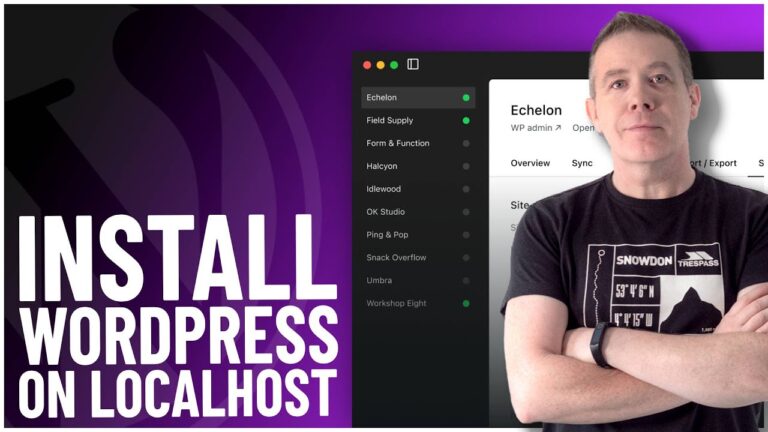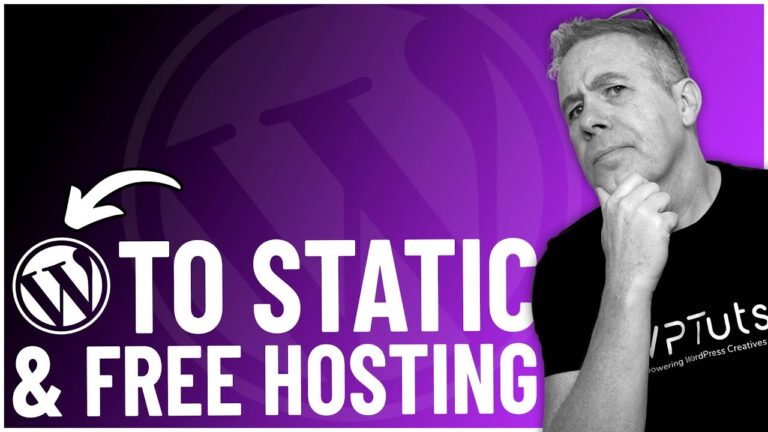With WordPress powering over 40% of the internet, it has become a prime target for hackers. In this comprehensive guide, I will walk you through 7 different methods to harden the security of your WordPress website, ensuring peace of mind for you and your clients.
Introduction
Securing your WordPress site is essential, not just a task to put on the back burner. The potential risks are genuine, with thousands of sites hacked each year. It’s a misconception that only large sites are at risk; in reality, hackers target sites of all sizes.
1. Two-Factor Authentication (2FA)
Consider 2FA as your first line of defence. It’s a powerful tool that requires users to provide two separate pieces of information before accessing an account. This is achieved through email, SMS, or an authenticator app. Among the best plugins for enabling 2FA are Google Authenticator and Authy. With 2FA enabled users will be prompted to enter a code sent to their device or email during the login process.
2. Use a Password Manager
The essence of internet security lies in the strength of your passwords. A Password Manager, like NordPass or 1Password, stores your passwords in a secured vault, locked with a single master password. These tools often integrate with your browser, automatically filling in your username and password. They’re convenient and essential in maintaining strong, unique passwords across all your online accounts.
3. Due Diligence
Not all plugins are created equal. Before you install a plugin: Check its update history, active installations, ratings, and developer reputation. Only install plugins from reputable sources such as the WordPress Plugin Repository or trusted commercial providers. Be cautious with plugins that have yet to be updated or have poor ratings, as they can be a security risk.
4. Keeping Themes and Plugins Up to Date
Updating WordPress and its components is crucial for keeping your site secure. Tools like MainWP can help you manage updates across multiple WordPress sites from a single dashboard. Before you hit update, ensure you’ve completely backed up your site. WPVivid Backup and BackupBuddy are popular backup solutions that save you from potential disasters.
5. User Management
Too many user accounts, especially with high-level permissions, increase your security risk. Periodically audit your user accounts and ensure each user has the appropriate role and permissions for their needs. If you find old or unnecessary user accounts, it’s best to delete or downgrade them to minimise risk.
6. Security Plugins
Consider a dedicated WordPress security plugin like iThemes Security or Wordfence for comprehensive security coverage. These plugins offer a range of features, including firewall protection, security scans, and login attempt limits. The setup might seem daunting initially, but both options provide user-friendly guides to walk you through the process. Although both have free versions, the paid options offer additional advanced features that may be well worth the investment for peace of mind.
7. Stay Informed
In the ever-evolving world of WordPress security, staying informed is vital. Resources like Patchstack offer regular alerts and updates on the latest vulnerabilities. When a security issue is reported for a plugin or theme you are using, act quickly to apply patches or find alternatives.
Conclusion
Securing your WordPress website is more than just a best practice—it’s necessary in today’s digital landscape. From implementing 2FA to managing your user roles responsibly, these steps are essential to protect your site from potential threats.
So, as I wrap up this guide, I encourage you to review your site’s security measures today and give yourself—and your users—the peace of mind that comes with a secure WordPress website.


